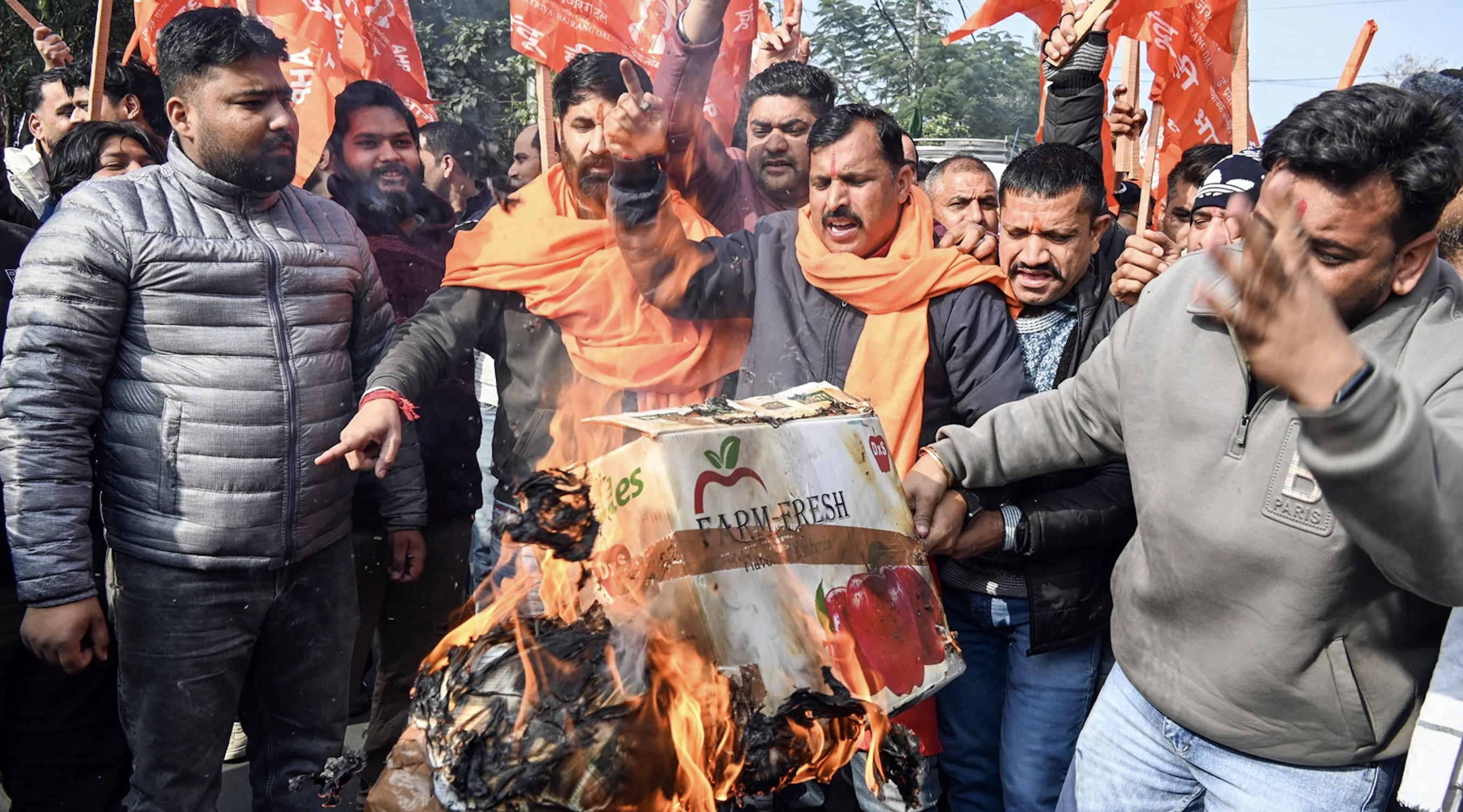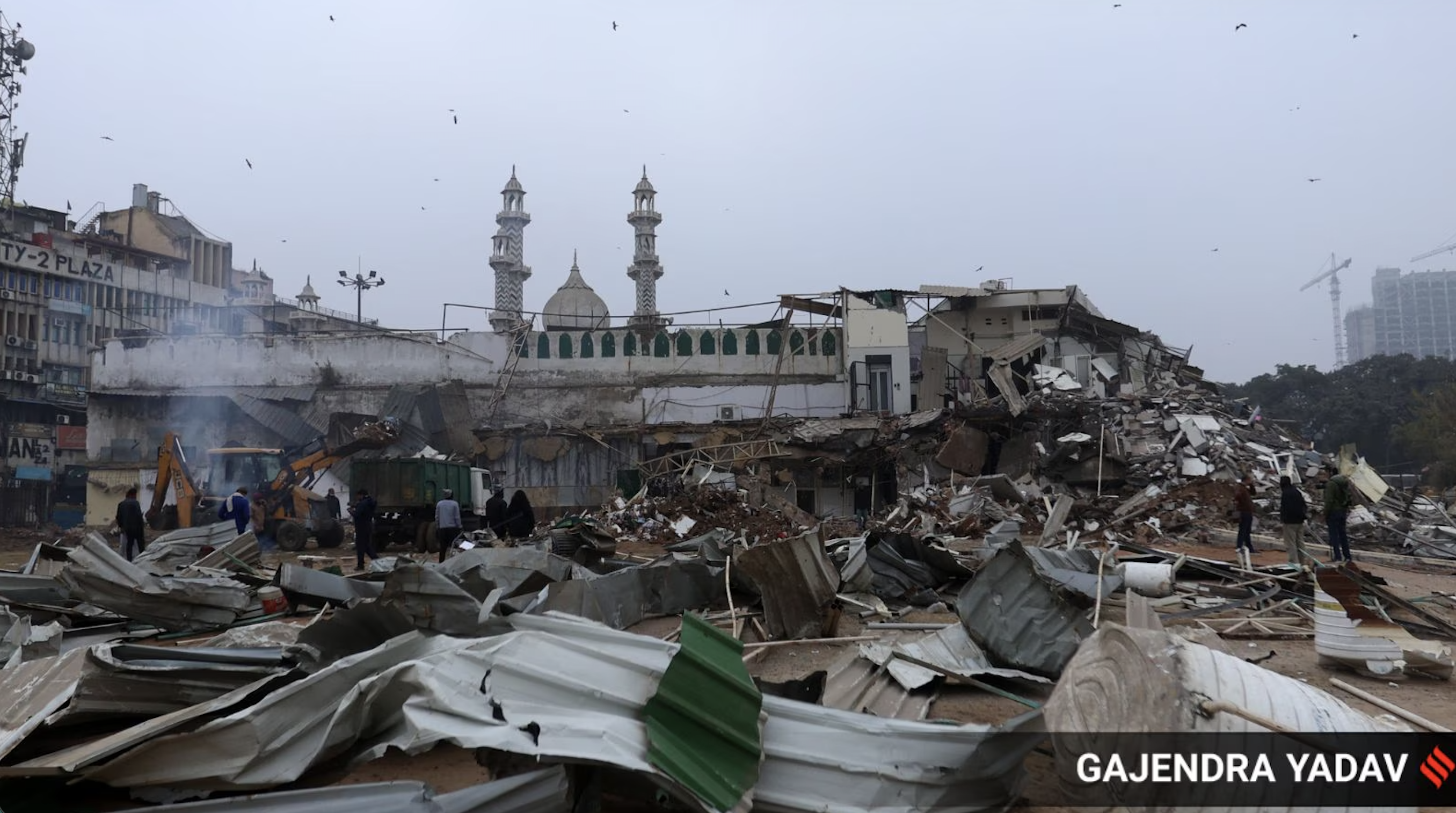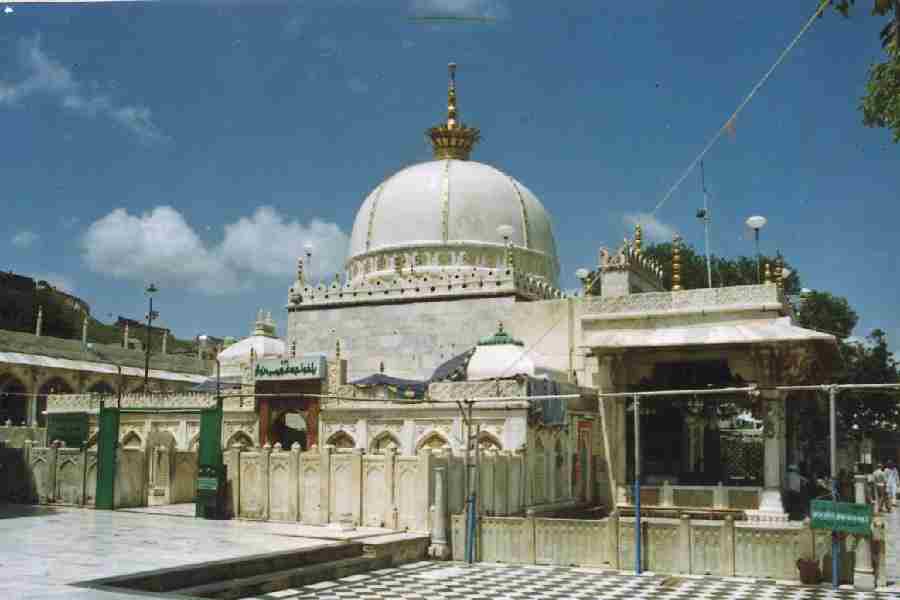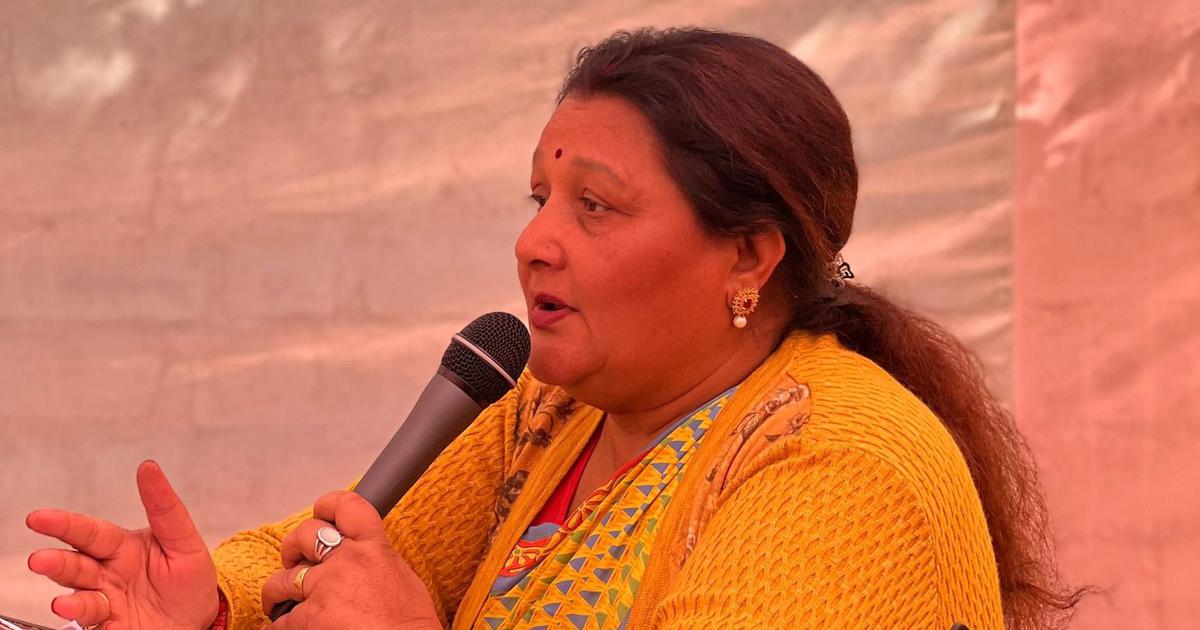
Even before the Delimitation Commission headed by Justice Ranjana Desai was constituted, its mandate and jurisdiction with respect to J&K were severely curtailed. Two of its three key decisions were pre-empted by legislative fiat. Circumventing the Delimitation Act of 2002, the Union government increased the number of seats in the legislative assembly of J&K from 107 to 114 through the J&K Reorganisation Act, 2019.
The Union government also predetermined the population base: Clause xi of the J&K Reorganisation Act, 2019 stipulated the 2011 Census as the basis for delimitation. In all other states, including the four going in for delimitation along with J&K, the 2001 census is being used in accordance with the Delimitation Act of 2002.
By doing this, the Union government has ridden roughshod over the Delimitation Commission, which has the sole prerogative to decide on both these matters. As spelt out, clause 8(b) of the Delimitation Act of 2002, mandates and empowers the Delimitation Commission to decide on the “the total number of seats to be assigned to the Legislative Assembly of each State and determine on the basis of the census figures”.
Having been belittled and bypassed even before its constitution, the only job left to the Commission was to distribute the seven pre-determined additional assembly seats. After deliberating for a year-and-a-half, the Commission has proposed allocating six additional seats to Jammu and one to Kashmir. Hence, out of the 116 assembly constituencies, 42 will belong to Jammu and 47 to Kashmir. The remaining 24 seats continue to be reserved for representatives from areas occupied by Pakistan.
In the last assembly, constituted in 2015 and dissolved in 2019, 37 legislators were elected from Jammu, 46 from Kashmir and four from Ladakh. With Ladakh now a separate unit, increasing the assembly constituencies in Jammu seeks to redress the imbalance in the political power structure within J&K. Jammu, a Hindu majority division, is widely perceived to have been discriminated against and underrepresented in the political superstructure of the Muslim majority J&K.
Facts, however, are to the contrary. Jammu, with a 43 per cent population share had a 43 per cent share in the legislative assembly. While Kashmir with a 55 per cent share in the population of the state, had a 53 per cent seat share. Ladakh, as part of the erstwhile state, had a two per cent share in population and four per cent in the assembly.
Far from seeking to end the non-existent discrimination against Jammu, the Commission has introduced an imbalance in the regional representation. The allocation proposed by the Commission gives 47 per cent of the seats to Jammu which accounts for 44 per cent of the population. The obverse of this is that 56 per cent of the population living in Kashmir will have only a 52 per cent share in the assembly. Including the 22 elected members of the legislative council — 11 were from the Jammu division as against nine for the Kashmir — gives Kashmir, with a population share of 55 per cent, only a 50 per cent share in the legislature.
That Jammu has been underrepresented since 1951 fits more snugly with the ideological narrative of Hindus being discriminated in the Muslim majority state than with any empirical facts. In the last assembly, out of 87 MLAs, 52 were Muslims, 33 Hindus and two Buddhists. As such, while Hindus accounted for 28 per cent of the population, they had a 38 per cent representation in the assembly. As against this, Muslims, who are 67 per cent of the population, accounted for only 60 per cent of the legislative assembly. So much for discrimination of Jammu Hindus and domination by Kashmir Muslims.
The near-ideal balance of regions and religions in the J&K assembly thus far is in stark contrast to the share of minorities in the representation pie of other states. In Assam, for instance, Muslims whose share in the population is 34 per cent, constitute only 22 per cent in the state legislative Assembly. In Kerala, the Muslim minority of 27 per cent has 21 per cent state share in the assembly. In West Bengal, a 27 per cent population share translates into a 17 per cent seat share in the Assembly.
Instead of emulating the fair minority representation in J&K in the past, the Commission has introduced a brazen bias towards Jammu. In doing so, it has shown scant respect for the only universally accepted criteria for distribution of electoral constituencies, which is population.
In all the four previous delimitation commissions, the basis for the creation of constituencies is the criteria of population. In addition to which some considerations, such as topography, geographical continuity and physical features are stipulated for drawing of the constituency boundaries. By giving primacy to “considerations” over the “criteria”, the Commission has paved the way for the gerrymandering of constituencies especially those whose land area falls under two or more districts because of the creation of eight new districts in the state in 2006.
The actual electoral cartography could very well see pockets of Muslim concentration especially in districts in Pir Panchal and Chenab belt, like Doda, Kishtwar and Rajouri, being dispersed across constituencies to dilute their numerical strength. Lest it sounds conspiratorial, this has happened earlier. A case in point is Assam where the Muslim-majority pockets of Kajidahar, Chandpur and Nagdirgram in the Sonai constituency were amalgamated with the Dholai seat to subsume them numerically.
More than that, though, it is the Commission’s adventurism in playing around with the most cardinal principle of adult franchise “one person, one vote” that will have serious ramifications across the country in the future. A dangerous precedent is being set as yet another institution bites the dust.
This story first appeared on indianexpress.com






